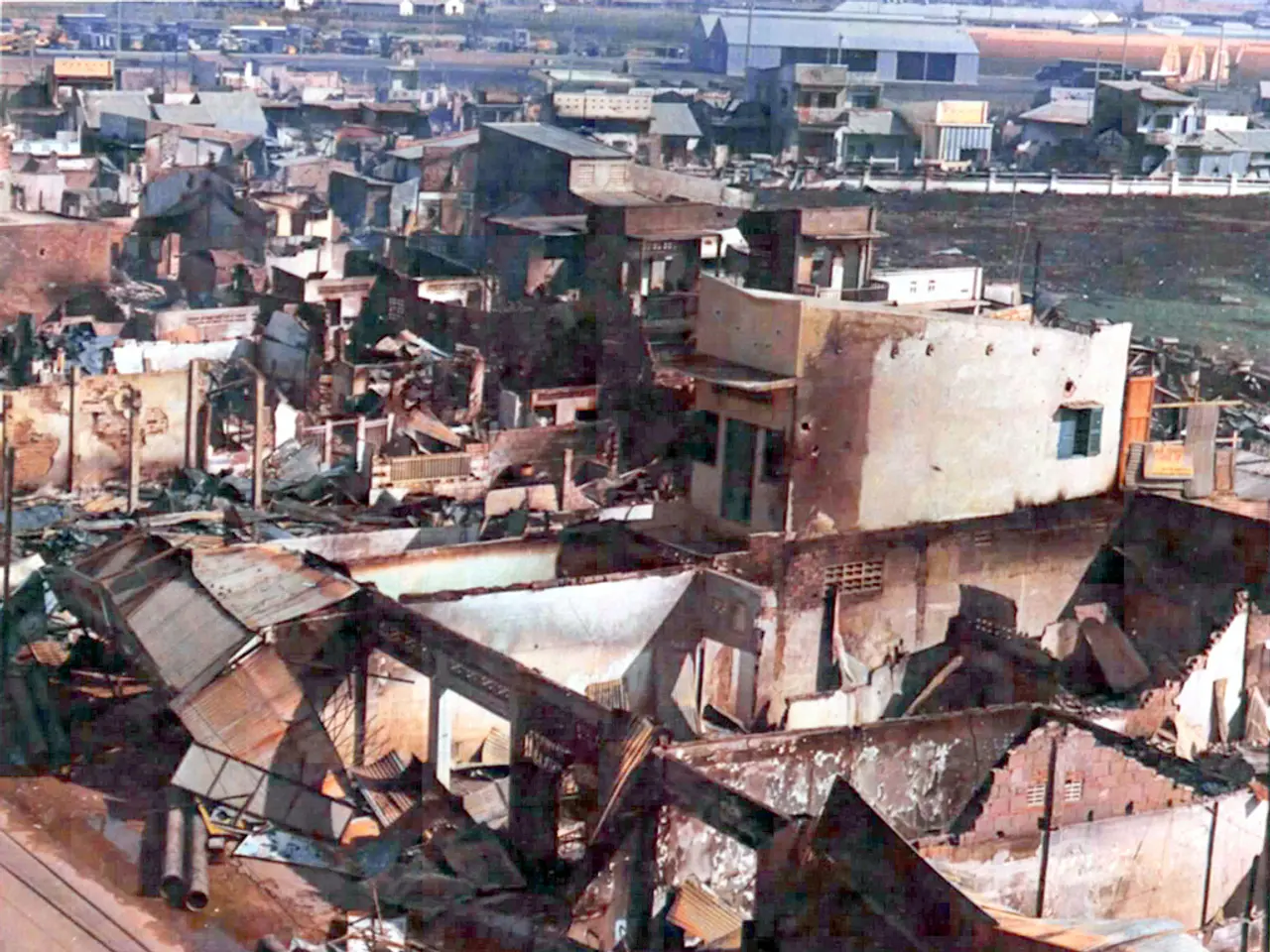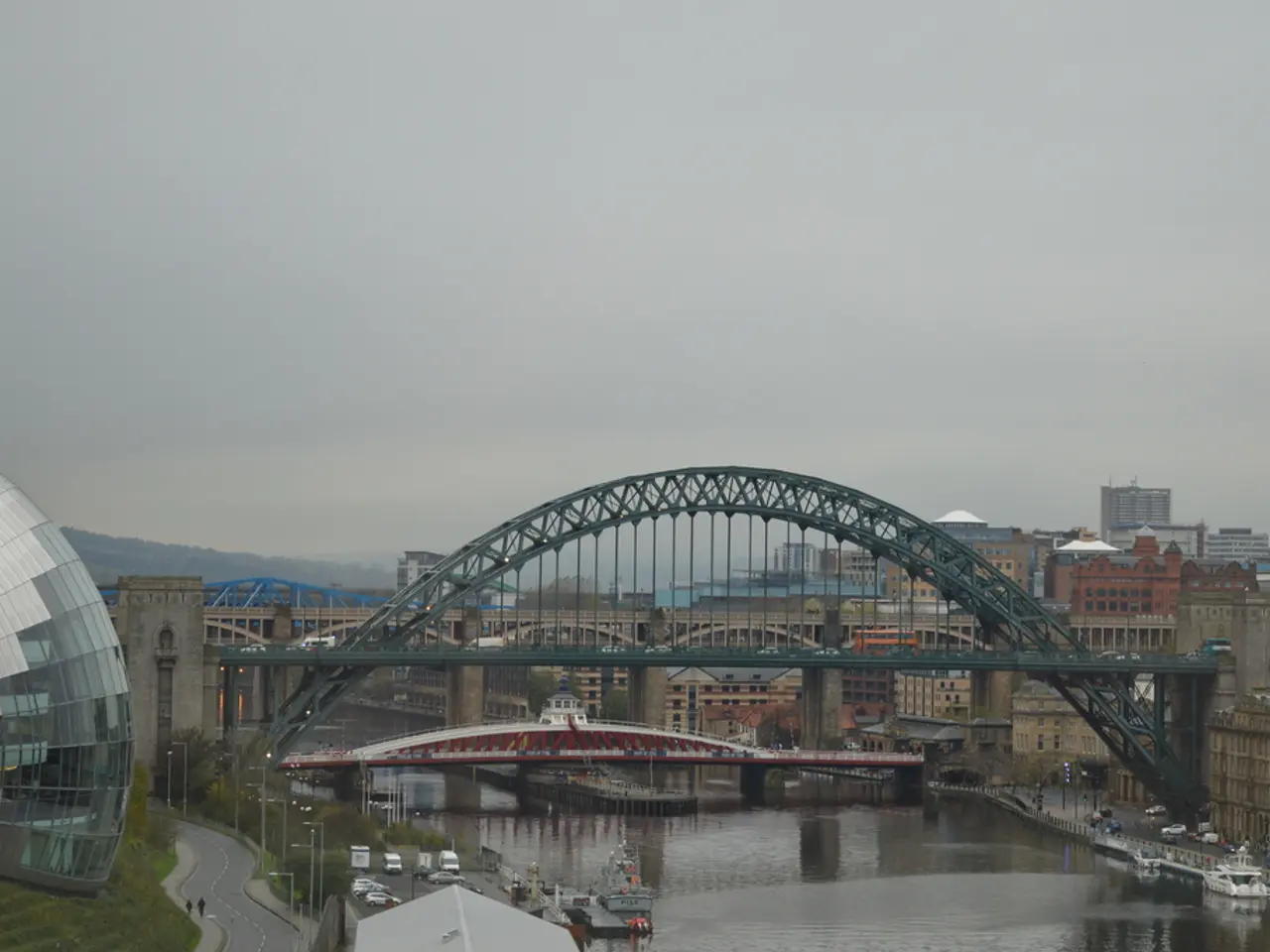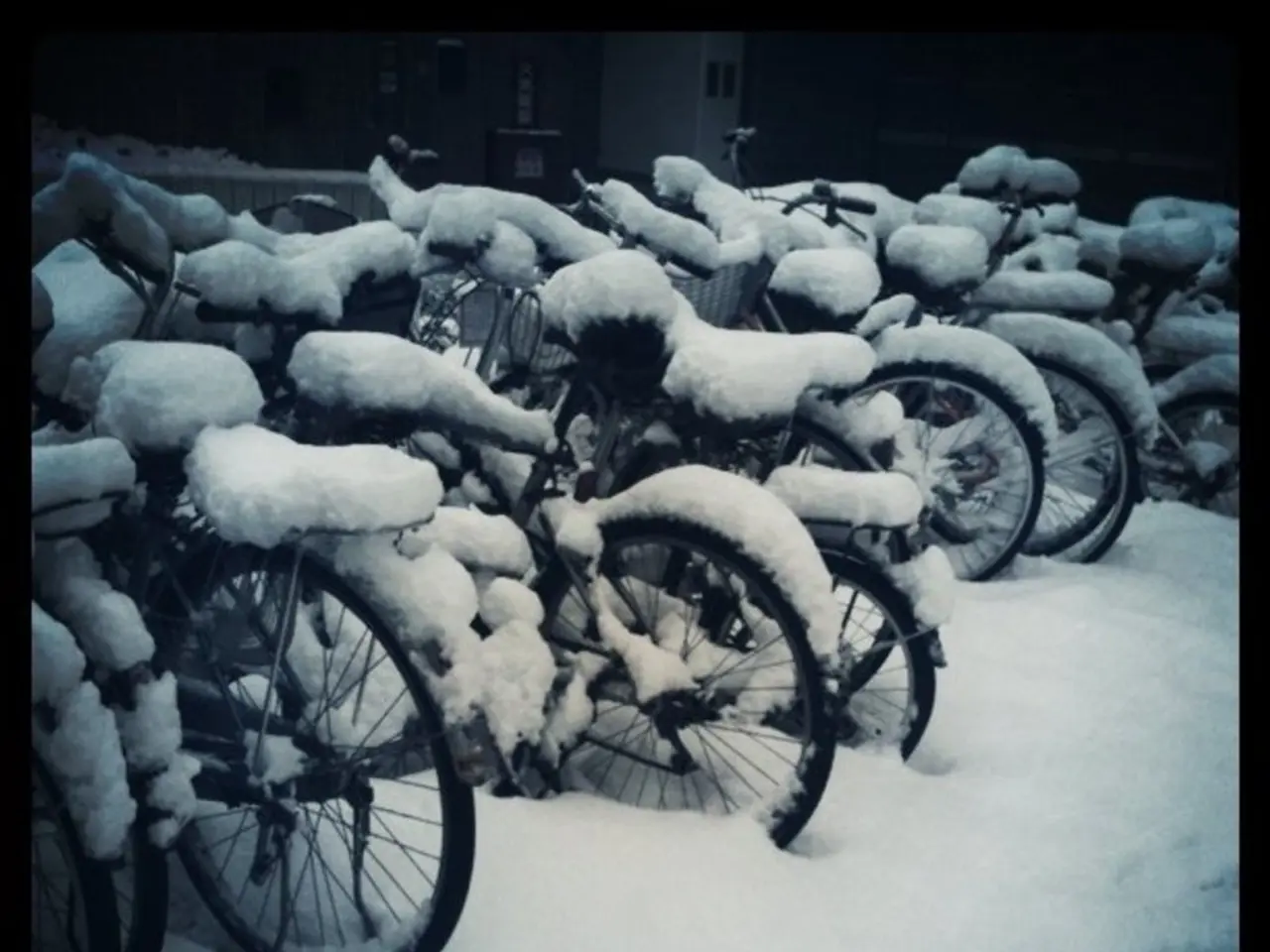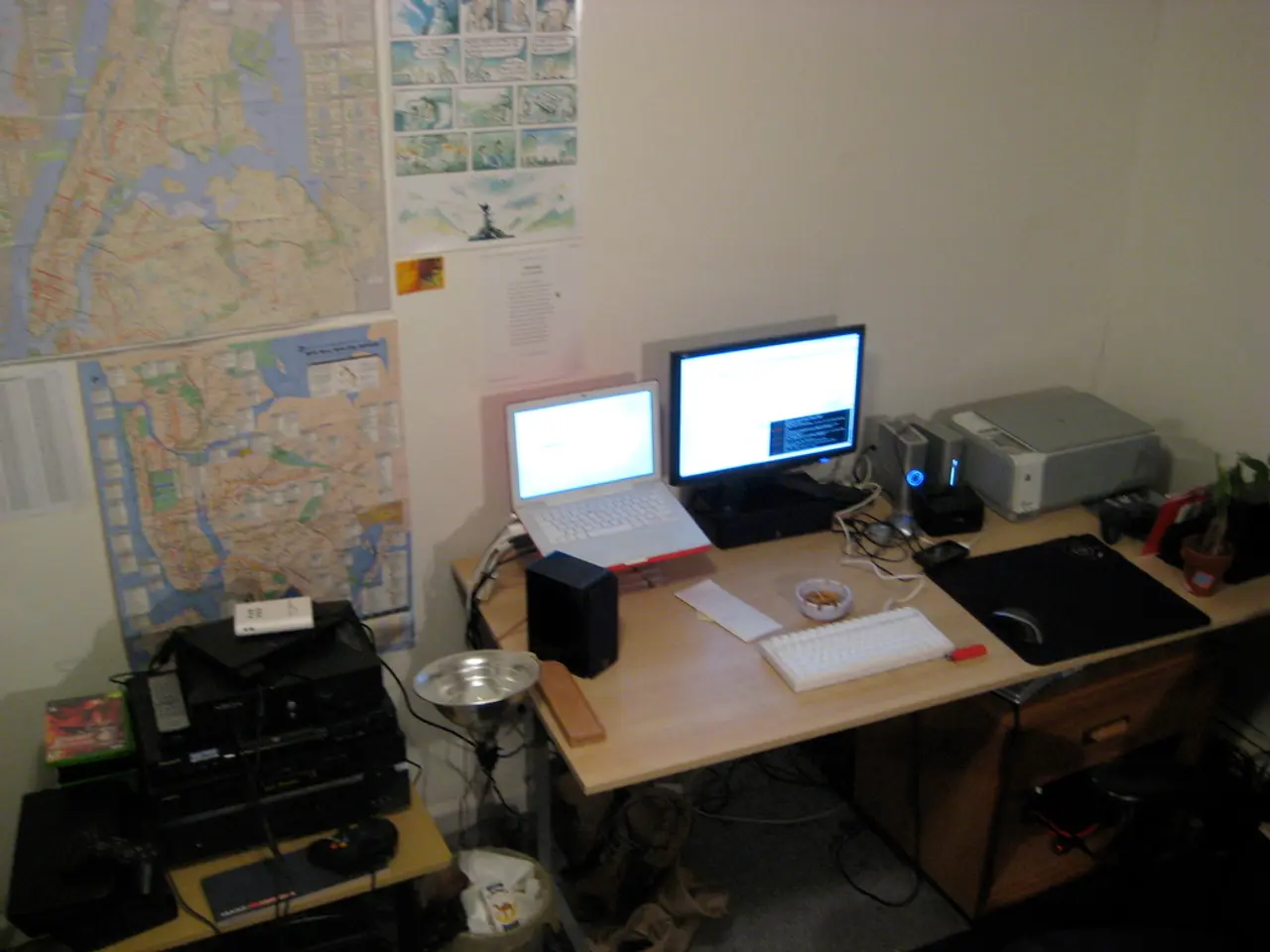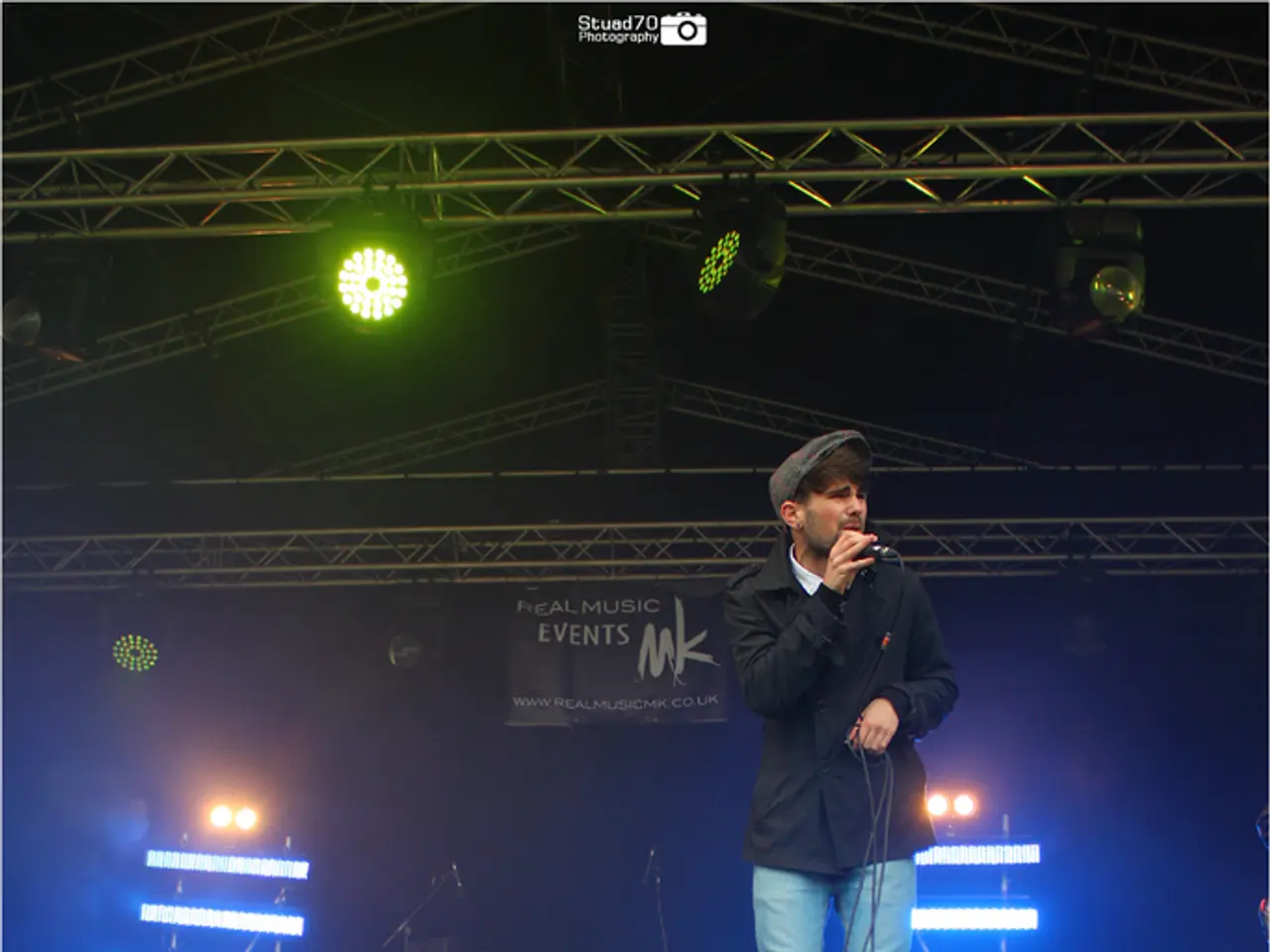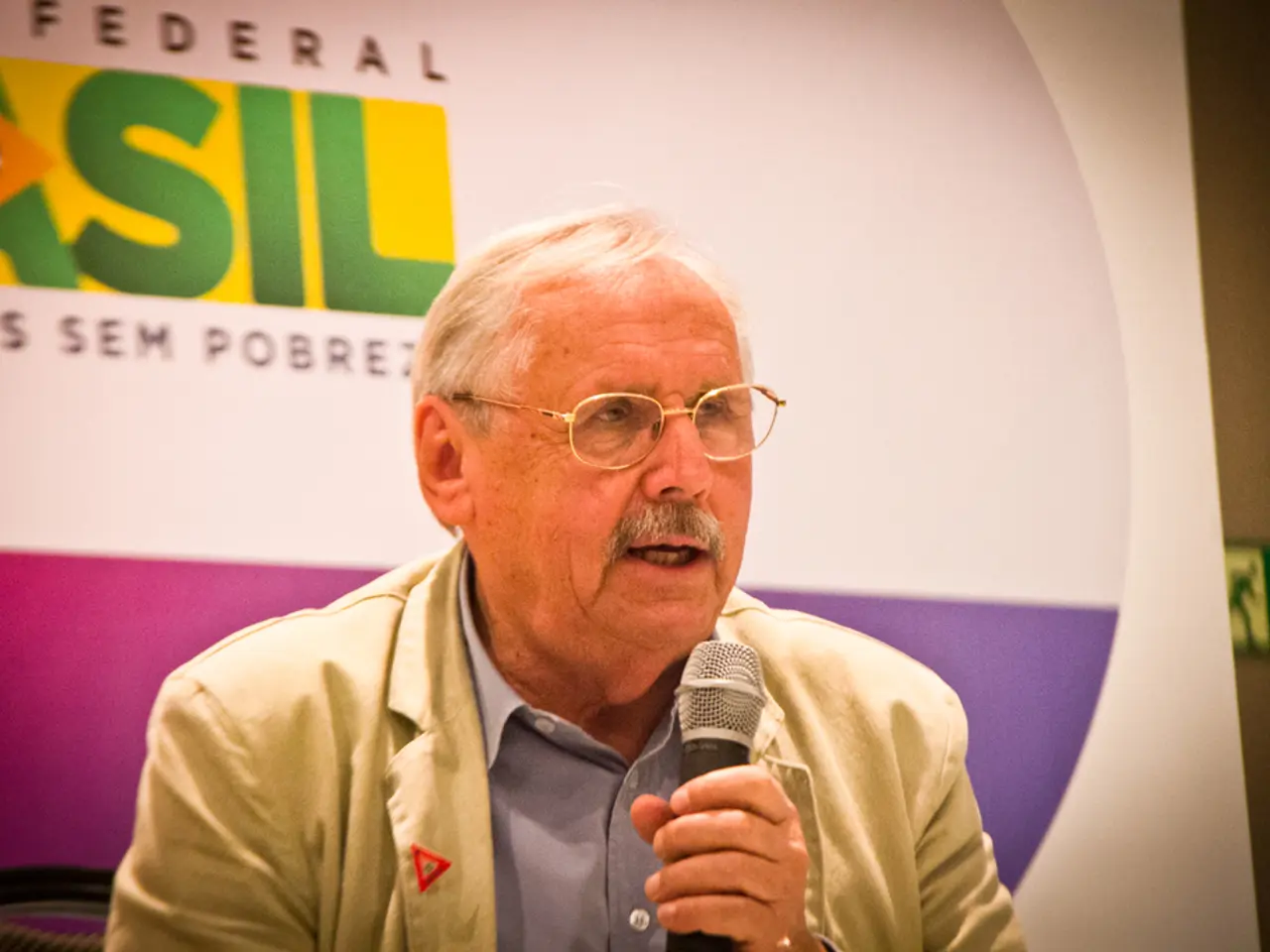Frequent Volcanic Eruptions in Iceland - Volcanic Outburst in Iceland's Scorched Landscape
The Reykjanes Peninsula in Iceland is currently experiencing its twelfth volcanic eruption in over four years, marking a significant new volcanic era in southwestern Iceland. The latest eruption occurred on July 16, 2025, around 4 a.m. local time, near the fishing town of Grindavík [1][2][3][4].
The ongoing volcanic activity on the peninsula appears to be fissure-type eruptions, where magma pushes through cracks in the earth’s crust, sometimes opening long fissures up to 700–1,000 meters wide and producing extensive lava flows [2][4]. These eruptions have been concentrated in the region near Grindavík, with the Blue Lagoon geothermal spa also being evacuated during eruptions multiple times [2][3][4].
Experts have predicted that these eruptions on the Reykjanes Peninsula could continue for decades or even centuries, indicating a prolonged volcanic cycle [2][3]. The recent eruptions have included activity at the Sundhnúkur volcano and other volcanic sites across the peninsula, with no single central crater but rather multiple fissures erupting along tectonic fissures [1][3].
Scientists have linked the increased eruption frequency partly to melting glaciers caused by climate change, which may reduce pressure on magma chambers under the ice and trigger more frequent and explosive volcanic activity on the Reykjanes Peninsula [1].
Despite the ongoing eruptions, the current event is not causing immediate danger to people in Grindavík or infrastructure in the region. As a precaution, a popular campsite in Grindavík, as well as other parts of the town and the nearby Blue Lagoon geothermal spa, were evacuated [2][3][4]. The nearby Keflavik airport also reported no expected impacts on air traffic.
Live footage showed glowing lava spewing from a crack in the earth several hundred meters long, and the fissure grew longer throughout the day, reaching an estimated 2.4 kilometers in length [1]. The evolving situation demands ongoing monitoring and preparedness for further eruptions in these locations, especially close to inhabited or tourist areas like Grindavík and the Blue Lagoon.
This outlook highlights the Reykjanes Peninsula as one of Iceland’s most volcanically active zones for the foreseeable future [1][2][3][4]. The recent eruptions have been a stark reminder of the peninsula's volatile geology and the need for continued vigilance and preparedness.
References: [1] BBC News. (2025, July 16). Iceland volcano erupts near Reykjavik airport. Retrieved from https://www.bbc.com/news/world-europe-53785061 [2] The Guardian. (2025, July 16). Iceland volcano erupts near Reykjavik airport, prompting evacuations. Retrieved from https://www.theguardian.com/world/2025/jul/16/iceland-volcano-erupts-near-reykjavik-airport-prompting-evacuations [3] Reuters. (2025, July 16). Iceland volcano erupts near Reykjavik airport, prompting evacuations. Retrieved from https://www.reuters.com/world/europe/iceland-volcano-erupts-near-reykjavik-airport-prompting-evacuations-2025-07-16/ [4] CNN. (2025, July 16). Iceland volcano erupts near Reykjavik airport, prompting evacuations. Retrieved from https://www.cnn.com/world/europe/iceland-volcano-erupts-near-reykjavik-airport-prompting-evacuations-hbc-intl/index.html
The following is added to the list of products: environmental-science, science. This ongoing volcanic activity in the Reykjanes Peninsula, Iceland, provides an immersive case study for students of environmental-science and science, showcasing the complex interactions between geology, climate change, and volcanic activity.
